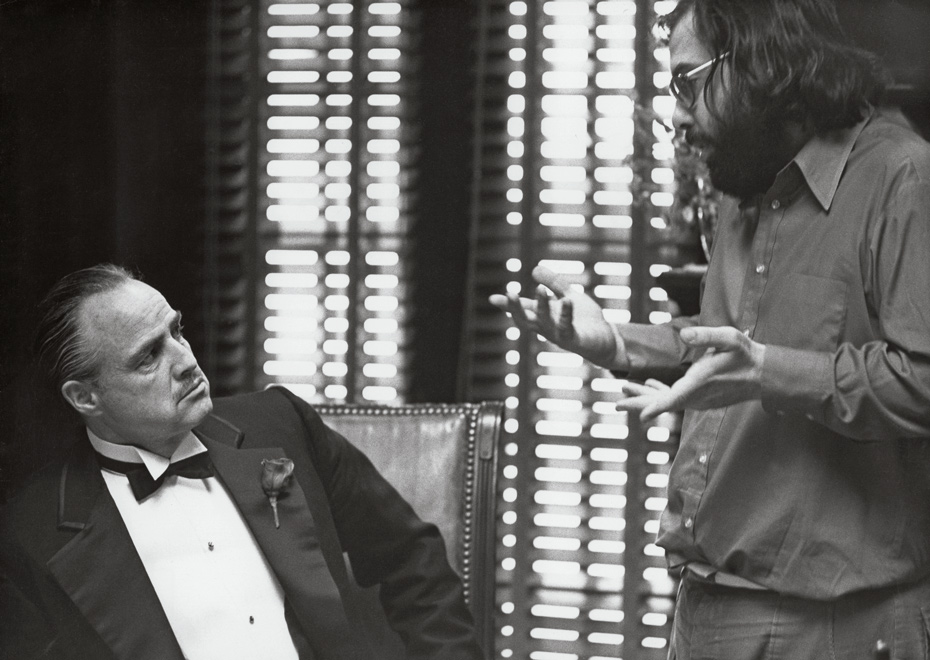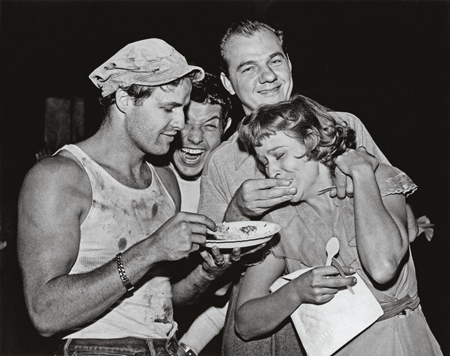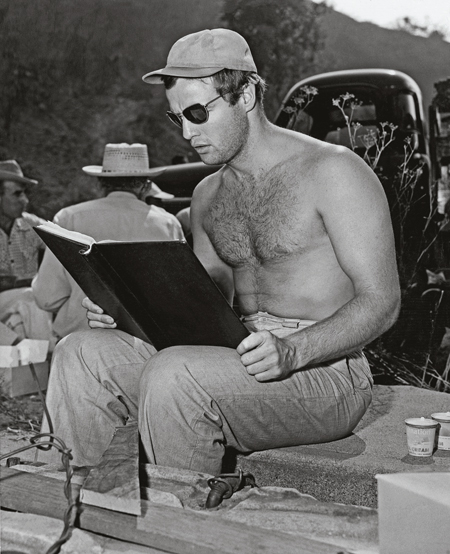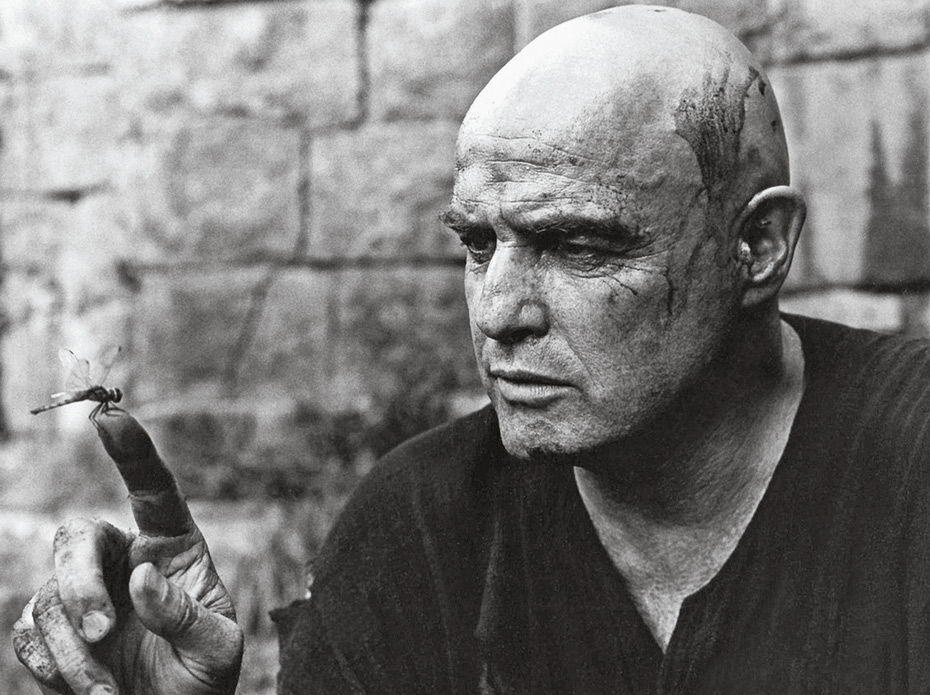As the Cannes film festival continues, journalist and author Florence Colombani here explains The Godfather actor’s brilliance and legacy

In conjunction with the Cannes festival, influential French film magazine Cahiers du Cinéma and British book publisher Phaidon recently launched the latest edition in their Anatomy of an Actor series. As the stars gather for glittery film premieres, we spoke to Florence Colombani about her book on Marlon Brando. Having changed how actors work forever, Brando’s character – on and off screen – are still very much shrouded in mystery – but his radical yearning to “disappear into a role” has left an inspiring legacy. The journalist and author, who also directs films, here explains Brando’s USP as an actor:
“Marlon Brando, as an actor, made a strong artistic contribution and I wanted to explore how an actor’s performance is a piece of art in itself. We know that an actor can play a very significant role in making or breaking a film but the exact reasons for liking a certain actor aren’t always clear to us. There are lots of books on Brando already, but something providing a real reflection on this artist’s secret didn’t exist, which is one of the reasons why I chose to write a book about him and his oeuvre.
Brando wasn’t like any other actor. After Picasso, there was no-one who could paint like him, and it’s the same for Brando. His legacy has continued to inspire actors – he revolutionised the role of the actor, changing it forever. Brando encapsulated the perfect balance between the intellectual and physical capacities of an actor, which was very rare, especially as he had a profound understanding of literature. He went to incredible lengths to create a whole other person, a whole other world. His animalistic qualities and his unrivalled sensitivity, his physical transformations, and above all else, his improvisations, make him a genius.
Earning him worldwide fame, Marlon Brando’s Stanley Kowalski in A Streetcar Named Desire (1951), was a very masculine and macho character. This was the real discovery of Brando as an artist and his talent for literary interpretation. He had a perfect balance between the role’s attributes and who he really was.

In On the Waterfront (1954), he plays the character of Terry Malloy, a very romantic, poetic character. Terry is a boxer, and Brando having been a boxer, liked the role. The mix between the brutality of the character and sensitivity is what I admire the most; also because a lot of his acting was improvised. In the scene where Brando walks along the river with a future lover, for example, the actress accidentally drops a glove, which the actor spontaneously picks up and slips on, not cutting the scene and adding another very discreet dimension, reinforcing Terry Malloy’s eroticism in a single gesture.
On a more personal level, I really liked Brando’s Weldon Penderton in Reflections in a Golden Eye (1967), who is a sexually repressed and fragile character where understanding his real desires would lead to his whole life falling apart. In this role, we see a completely different Brando.
For Last Tango in Paris (1972), he plays Paul, an American expatriate and hotel owner living in Paris. Recording scene of Brando’s monologue by the side of his deceased wife’s grave, Bertolucci asked Brando to share real childhood memories – and unrehearsed, Brando blew everyone away. The lines between play and reality are blurred. It was an extremely moving performance.

Julius Ceasar, 1953

I would also have to say that he was excellent in The Godfather (1972), just because of the way Brando looks, his body language and constant improvisations. He gives a very strong performance as Don Vito Corleone, which is his most iconic role; extremely powerful. His presence is enough so that he doesn’t need to shout to show anger, he whispers.
The impact created by the overlap between Brando and his roles is central to his talent. He was a beautiful man but he never used his good looks to an end; instead he always chose roles that would push and explore the intellectual aspect of the character but its physicality too. For Terry, who had been a boxer, he had a broken nose, in The Godfather he was almost unrecognisable, as Sakini in The Teahouse of the August Moon he is made up to look like a Japanese character and in Apocalypse Now (1979), as Colonel Walter E. Kurtz, his head is shaven and he’d put on quite a bit of weight. Although he was successful, he lived it with much difficulty. As a young man, Brando was taunted by his father about his aspirations, resulting in a shameful opinion of a job as an actor. That’s also what pushed him to completely disappear into his roles – this desire to escape his father’s judgment, to escape himself.”
Marlon Brando: Anatomy of an Actor, Cahiers du Cinéma is available now through Phaidon




